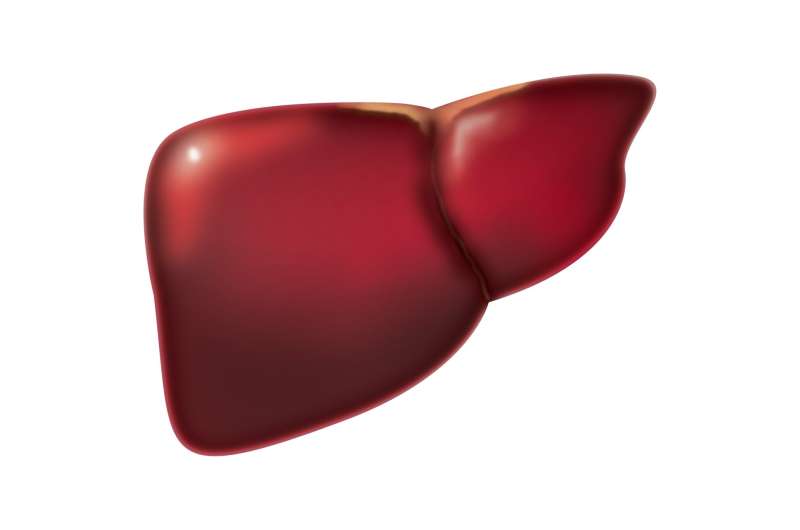Credit: Pixabay/CC0 Public Domain
Nonalcoholic fatty liver disease (NAFLD), a disease affecting approximately one-quarter of the world's adult population, reflects dysfunctional hepatic lipid metabolism. A better understanding of NAFLD heterogeneity and its biology will facilitate the development of personalized treatments.
An international team of researchers, led by José M Mato at CIC bioGUNE-BRTA, has discovered the existence of three subtypes of NAFLD with different lipidomic phenotypes and risk of cardiovascular disease. The study is published online on 26th February 2022 in Hepatology.
The research team examined whether NAFLD could be subclassified in different subtypes according to their serum lipidomic signatures.
The researchers analyzed serum lipidomes from an international cohort of 1154 individuals with biopsy proven NAFLD. Metabolomic signatures identified three NAFLD subtypes (A, B, and C), independent of histological disease severity. NAFLD subtypes showed distinct secretion rates of very low-density lipoproteins (VLDL), being lowest in subtype A. Moreover, these signatures aligned with known cardiovascular disease (CVD) and genetic risk factors with subtype A exhibiting a lower CVD risk profile. This may account for the variation in hepatic versus cardiovascular outcomes, offering novel, clinically relevant, risk stratification.
"In this publication we demonstrate that NAFLD arises through different alterations in hepatic lipid metabolism, which opens the door to the development of more personalized treatments," said José Mato.
More information: Ibon Martínez‐Arranz et al, Metabolic subtypes of patients with NAFLD exhibit distinctive cardiovascular risk profiles, Hepatology (2022). DOI: 10.1002/hep.32427
Journal information: Hepatology
Provided by CIC bioGUNE
























